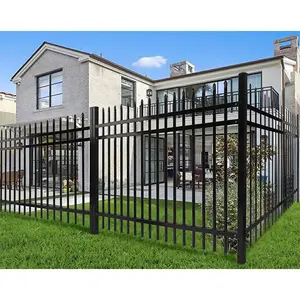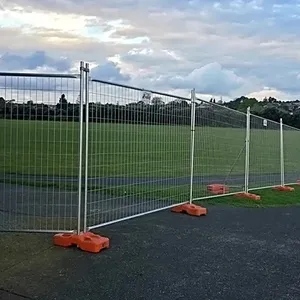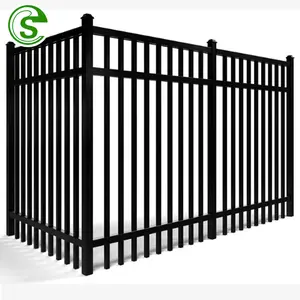Alibaba.com chắc chắn được cập nhật trong thế giới thời trang. Nó có hiển thị
hàng rào phong cách mỹ. thu hút người mua sắm.
hàng rào phong cách mỹ. đã quay trở lại thời trang đương đại bằng một chiếc tóc mái. Trong thế hệ những người ủng hộ và có ảnh hưởng, họ rất hữu ích. Chúng thể hiện mối quan hệ của người mặc với một tổ chức hoặc một mục đích nào đó.
Có một số cách để mặc hàng rào phong cách mỹ. Chúng là sự hồi sinh thời trang cho cả nam và nữ. Họ làm những huy hiệu đẹp gắn chặt vào quần áo, túi xách hoặc vải trưng bày. Một số người cũng đeo chúng như huy chương và mặt dây chuyền. Các nhà sản xuất có thể sơn chúng lên với các thông điệp và hình vẽ được cá nhân hóa, vì vậy chúng là một cách tuyệt vời để thể hiện nghệ thuật. Alibaba.com có các tùy chọn với các tính năng đa dạng như động vật, hoa và khách mời. Tất cả đều đạt tiêu chuẩn cao với chất lượng đồng nhất. Nó cũng cung cấp tùy chọn tùy chỉnh.
Chức năng cơ bản của hàng rào phong cách mỹ. là giữ quần áo vào một vị trí. Những thiết kế tinh nghịch tạo điểm nhấn thú vị cho bộ trang phục để người mặc thêm nổi bật. Hãy sở hữu những sản phẩm vô cùng thời trang và linh hoạt này, đồng thời mang lại sự sang trọng và phong cách cho bất kỳ bộ quần áo nào. Chúng là những tác phẩm nghệ thuật tinh tế và giúp thể hiện niềm đam mê của mỗi cá nhân. Những người có ảnh hưởng có thể cố ý mặc chúng để bắt đầu cuộc trò chuyện. Điều này là do chúng nói lên tâm trạng và ý kiến của người đeo.
Đã đến lúc ngừng ăn trộm hộp trang sức của bà. Khám phá Alibaba.com để có những điều tuyệt vời hàng rào phong cách mỹ. và giao dịch với dịch vụ vận chuyển tận nơi. Làm sống động trang phục đơn giản, xây dựng sự tự tin và đưa ra thông điệp cùng một lúc.


































 浙公网安备 33010002000092号
浙公网安备 33010002000092号 浙B2-20120091-4
浙B2-20120091-4